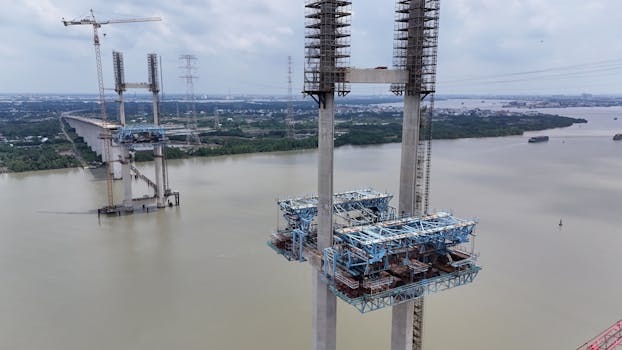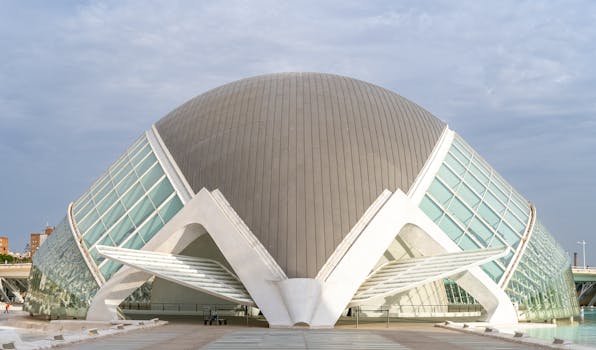
Technological Innovations Shaping 2025: Revolutionizing Industries with WordPress
Technological innovations are transforming the world at an unprecedented pace, and 2025 is expected to be a landmark year for emerging technologies. Technological Innovations Shaping 2025 are revolutionizing industries, from healthcare and finance to education and transportation. In this article, we will explore the latest technological innovations shaping 2025 and their impact on various industries, with a focus on WordPress.
Section 1: Artificial Intelligence and Machine Learning

Artificial intelligence (AI) and machine learning (ML) are among the most significant technological innovations shaping 2025. AI-powered algorithms can analyze vast amounts of data, identify patterns, and make predictions, while ML enables systems to learn from experience and improve over time. In healthcare, AI is being used to diagnose diseases, develop personalized treatment plans, and improve patient outcomes. For instance, AI-powered chatbots are being used to provide patients with personalized support and guidance, while ML algorithms are being used to analyze medical images and detect abnormalities.
In finance, AI is being used to detect fraud, predict market trends, and optimize investment portfolios. AI-powered trading platforms are being used to analyze market data, identify trends, and make trades in real-time. Additionally, AI-powered customer service chatbots are being used to provide customers with personalized support and guidance, while ML algorithms are being used to analyze customer data and improve customer experience.
Section 2: Blockchain and the Internet of Things

Blockchain technology is another significant innovation shaping 2025. By providing a secure, decentralized, and transparent way to conduct transactions, blockchain is revolutionizing industries such as finance, supply chain management, and cybersecurity. The Internet of Things (IoT) is also transforming industries, from manufacturing and logistics to smart homes and cities. IoT devices can collect and analyze data, enabling businesses to make informed decisions and improve operational efficiency.
In education, blockchain is being used to create secure and transparent digital certificates, while IoT devices are being used to create immersive and interactive learning experiences. For instance, blockchain-based platforms are being used to issue digital diplomas and certificates, while IoT devices are being used to create virtual and augmented reality experiences.
Section 3: WordPress and Technological Innovations

WordPress is one of the most popular content management systems (CMS) in the world, and it is playing a significant role in shaping the technological landscape of 2025. With its flexibility, scalability, and ease of use, WordPress is enabling businesses and individuals to create complex websites and applications quickly and efficiently. WordPress is also integrating emerging technologies such as AI, blockchain, and IoT, enabling developers to create innovative and interactive experiences.
For instance, WordPress plugins such as Yoast SEO and Jetpack are using AI and ML to optimize website performance and improve user experience. Additionally, blockchain-based plugins such as WordProof are being used to create secure and transparent digital certificates, while IoT devices are being used to create immersive and interactive experiences.
Section 4: Technological Innovations and the Future of Work

Technological innovations are not only transforming industries but also changing the nature of work. With the rise of automation, AI, and ML, many jobs are becoming obsolete, while new ones are emerging. The future of work will require individuals to have skills that are complementary to technology, such as creativity, critical thinking, and problem-solving.
In conclusion, technological innovations are shaping 2025 in profound ways, from AI and blockchain to the Internet of Things and more. As we move forward, it is essential to understand the impact of these technologies on various industries and the future of work. By embracing emerging technologies and developing skills that are complementary to technology, we can create a brighter future for all.






